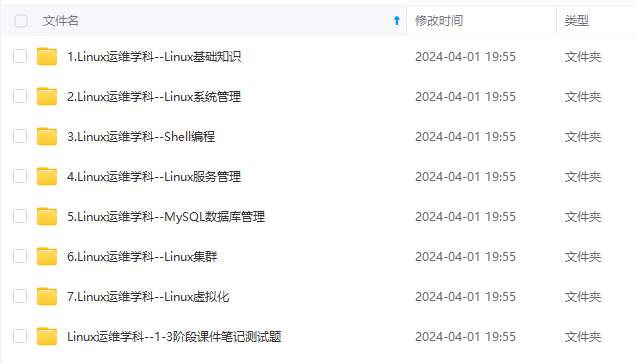【k8s服务器优化配置,减小日志空间占用】
对于生产环境的k8s服务器,由于k8s的日志量太多,容易引发服务器硬盘空间不足造成服务不能使用,从而配置定时清理日志尤为重要
·
对于k8s中的服务器,由于k8s的日志量太多,容易引发服务器硬盘空间不足造成服务不能使用,从而配置定时清理日志尤为重要:
- 优化journal日志
vim /etc/systemd/journald.conf
[Journal]
#Storage=auto
#Compress=yes
#Seal=yes
#SplitMode=uid
SyncIntervalSec=7day
#RateLimitIntervalSec=30s
#RateLimitBurst=10000
SystemMaxUse=1G
#SystemKeepFree=
#SystemMaxFileSize=
#SystemMaxFiles=100
#RuntimeMaxUse=
#RuntimeKeepFree=
#RuntimeMaxFileSize=
#RuntimeMaxFiles=100
#MaxRetentionSec=
#MaxFileSec=1month
#ForwardToSyslog=yes
#ForwardToKMsg=no
#ForwardToConsole=no
#ForwardToWall=yes
#TTYPath=/dev/console
#MaxLevelStore=debug
#MaxLevelSyslog=debug
#MaxLevelKMsg=notice
#MaxLevelConsole=info
#MaxLevelWall=emerg
#LineMax=48K
#ReadKMsg=yes
systemctl restart systemd-journald - 优化docker日志配置,限制日志文件大小
vim /etc/docker/daemon.json
{
“registry-mirrors”: [“https://b9pmyelo.mirror.aliyuncs.com”],
“exec-opts”: [“native.cgroupdriver=systemd”],
“log-driver”:“json-file”,
“log-opts”: {“max-size”:“500m”, “max-file”:“3”}
}
如果有人说生产环境日志怎么能随便清除,你可以用elk来存储和查询日志;
3.用以下命令,定时清理exit的docker容器和挂载的文件夹。可以直接写成脚本,或者直接定时任务执行。
docker image prune -a -f
docker system prune -f
更多推荐
 已为社区贡献1条内容
已为社区贡献1条内容









所有评论(0)